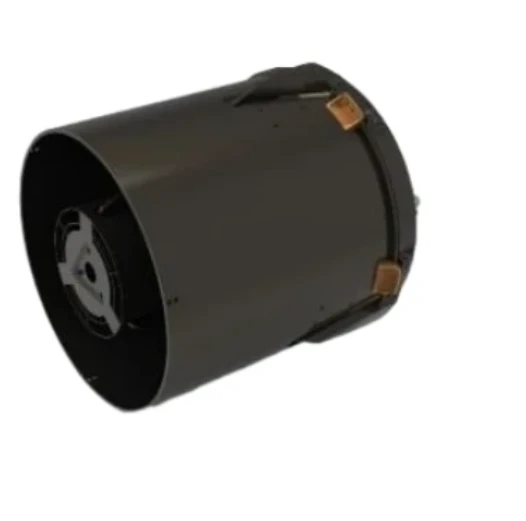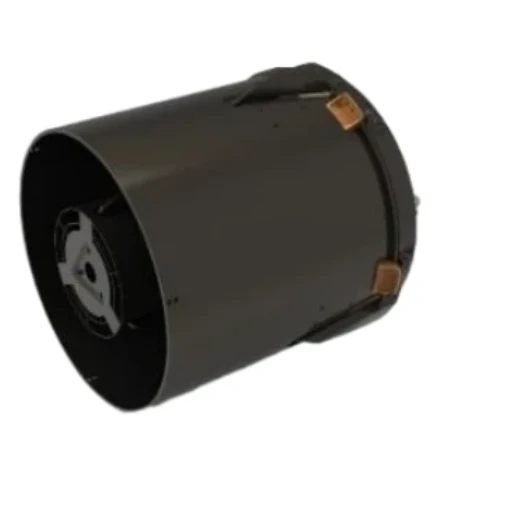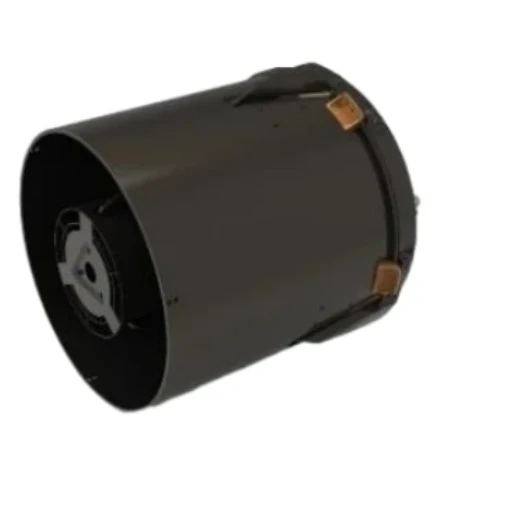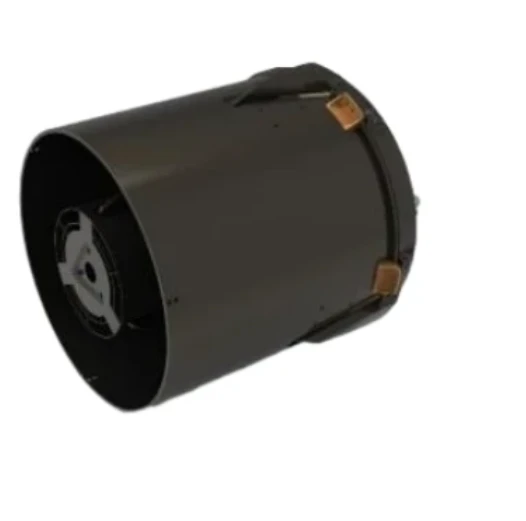
- african
- albanez
- amharică
- arabic
- armean
- Azerbaidjan
- bască
- Belarus
- bengaleză
- Bosniac
- bulgar
- catalan
- Cebuano
- China
- corsicană
- croat
- ceh
- danez
- olandeză
- engleză
- esperanto
- estonă
- finlandeză
- franceză
- frizonă
- Galician
- georgian
- german
- greacă
- Gujarati
- creolul haitian
- Hausa
- hawaian
- ebraică
- Nu
- Miao
- maghiară
- islandez
- igbo
- indoneziană
- irlandez
- italian
- japonez
- javaneză
- Kannada
- kazah
- Khmer
- ruandez
- coreean
- kurdă
- Kârgâz
- Muncă
- latin
- letonă
- lituanian
- luxemburghez
- macedonean
- malgaș
- Malaeză
- Malayalam
- malteză
- maori
- marathi
- mongol
- Myanmar
- nepaleză
- norvegian
- norvegian
- occitană
- Pashto
- persană
- Lustrui
- portugheză
- punjabi
- română
- rusă
- samoană
- gaelic scoțian
- sârb
- engleză
- Shona
- Sindhi
- Sinhala
- slovacă
- slovenă
- somalez
- spaniolă
- Sundaneza
- Swahili
- suedez
- tagalog
- Tadjik
- tamil
- tătar
- Telugu
- thailandez
- turc
- turkmeni
- ucrainean
- Urdu
- Uighur
- uzbec
- vietnamez
- galeză
- Ajutor
- idiş
- Yoruba
- Zulu
Nano Camera Vs Traditional Cameras: Understanding The Key Differences
In the world of imaging technology, nano cameras have become a game-changer, offering compact sizes and advanced features that traditional cameras often cannot match. Whether you’re choosing between a micro nano camera or a conventional camera system, understanding their differences is crucial for selecting the best tool for your needs.
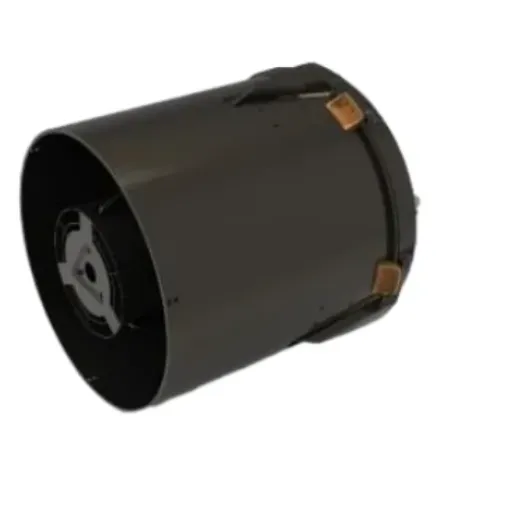
Size And Form Factor Advantages
One of the most obvious benefits of a nano cameră is its minuscule size. Unlike bulky traditional cameras, micro nano cameras can fit into tight spaces, making them ideal for applications such as medical endoscopy, industrial inspection, or covert surveillance.
Traditional cameras, while often offering higher-end optics, tend to be larger and less adaptable to unconventional mounting locations. The compact nature of nano cameras allows for innovative uses where traditional systems simply won’t fit.
Image Quality And Resolution
When it comes to image quality, the gap between nano cameras and traditional cameras is closing rapidly. For example, the micro camera 4k provides ultra-high-definition video comparable to many standard cameras but in a fraction of the size.
However, traditional cameras may still offer superior optics, zoom capabilities, and sensor sizes that benefit specific professional photography and videography needs. For many practical uses, though, nano camera hd models deliver more than sufficient quality.
Connectivity And Installation
Many nano cameras, especially nano camera wireless models, offer easy installation with minimal wiring and support for remote monitoring via mobile devices. This is a significant advantage over some traditional cameras, which may require complex setups and cabling.
Wireless camera nano devices enable flexible placement and real-time streaming, supporting modern security and IoT systems better than many older camera designs.
Specialized Features And Use Cases
The nano pro camera category introduces features like enhanced low-light performance, image stabilization, and ruggedized construction—qualities that cater to professional and industrial environments.
While traditional cameras often have extensive feature sets, the innovation in nano cameras brings many of these benefits into ultra-compact packages, broadening their utility across various sectors.
Conclusion
Choosing between a nano cameră and a traditional camera depends largely on your application, space constraints, and connectivity needs. With the advancements in micro nano camera technology, many users find that these tiny yet powerful devices meet or exceed expectations in image quality and versatility.
Whether you need the convenience of a nano camera wireless system or the professional-grade performance of a nano pro camera, today’s market offers robust solutions that challenge conventional camera standards. Exploring the options for nano cameras for sale can open up new possibilities in imaging and monitoring technology tailored to your specific requirements.
Acesta este primul articol








